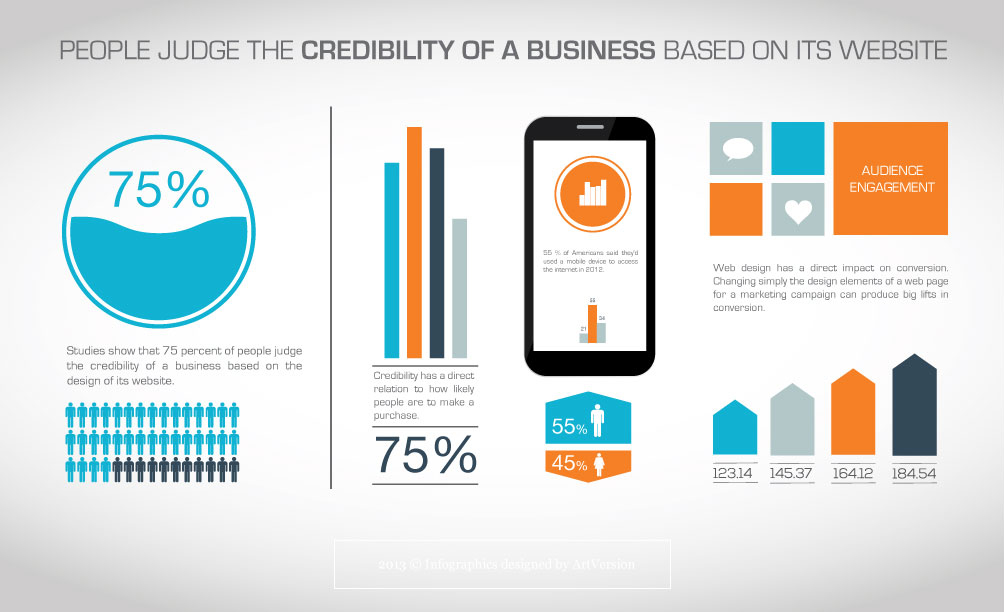Crucial Element Of Internet Site Design: Methods For Developing An Easily Accessible Customer Experience
Crucial Element Of Internet Site Design: Methods For Developing An Easily Accessible Customer Experience
Blog Article
ada website compliance 2020 By-Hovmand Daugaard
When it concerns web site layout, making certain user-friendliness is essential. From receptive style to structured navigating, every aspect plays an important duty in creating a site that accommodates your audience's requirements. Yet what regarding the better information that can make or break an individual's surfing experience? Keep tuned as we discover some often-overlooked pointers that can elevate your site's functionality to the next degree, making it truly stick out in the electronic landscape.
Importance of Responsive Design
Receptive design is an important facet of contemporary site development. Ensuring your site is receptive ways that it can adjust to different display dimensions and tools, providing a seamless experience for customers.
With the increasing use of mobile phones and tablet computers to access the internet, having a receptive style is vital for getting to a wider target market. just click the following web page aids in improving user experience by making your web site easy to navigate and keep reading any device.
Furthermore, receptive layout can positively impact your internet search engine positions, as internet search engine like Google prioritize mobile-friendly websites. By having a responsive layout, you're additionally future-proofing your web site, as new devices with varying screen dimensions continue to arise.
Simplify Navigation Framework
To improve user experience and promote simple accessibility to details on your web site, simplifying the navigation framework is critical. When making your site, focus on developing a clear and user-friendly navigation food selection that assists site visitors locate what they're looking for promptly.
Limit the number of food selection items to the basics, organizing associated pages together to prevent frustrating customers. Use detailed labels that clearly suggest the content of each page, making it much easier for users to recognize where each link will take them.
Think about applying dropdown food selections for subcategories to avoid cluttering the primary navigating bar. In addition, include a search bar prominently on the page for customers who like looking for specific info.
Focus on mobile responsiveness in your navigation design to guarantee easy access on all devices.
Maximize Page Lots Speed
Improving page lots rate is vital for maintaining visitors on your site. Slow-loading web pages irritate users and can bring about high bounce rates. To maximize page load rate, start by maximizing images. Compress website design and development agency without jeopardizing top quality to minimize their data sizes.
In addition, make it possible for web browser caching to keep often accessed sources locally, accelerating load times for returning site visitors. Minify CSS, JavaScript, and HTML data by eliminating unneeded characters, remarks, and formatting, boosting load speed.
Think about using a content shipment network (CDN) to disperse your internet site's content across numerous servers worldwide, decreasing latency for users accessing your site from different locations. Lastly, limit using third-party scripts and plugins, as they can significantly affect load times.
Verdict
To conclude, by integrating receptive design, streamlining navigating, and enhancing web page lots rate, you can produce a straightforward website that attract a wider target market and improves user experience. These essential elements guarantee that site visitors can conveniently gain access to and browse your website across different tools, leading to boosted interaction and fulfillment. By focusing on these key elements, you can develop an effective internet site that maintains customers returning for even more.
